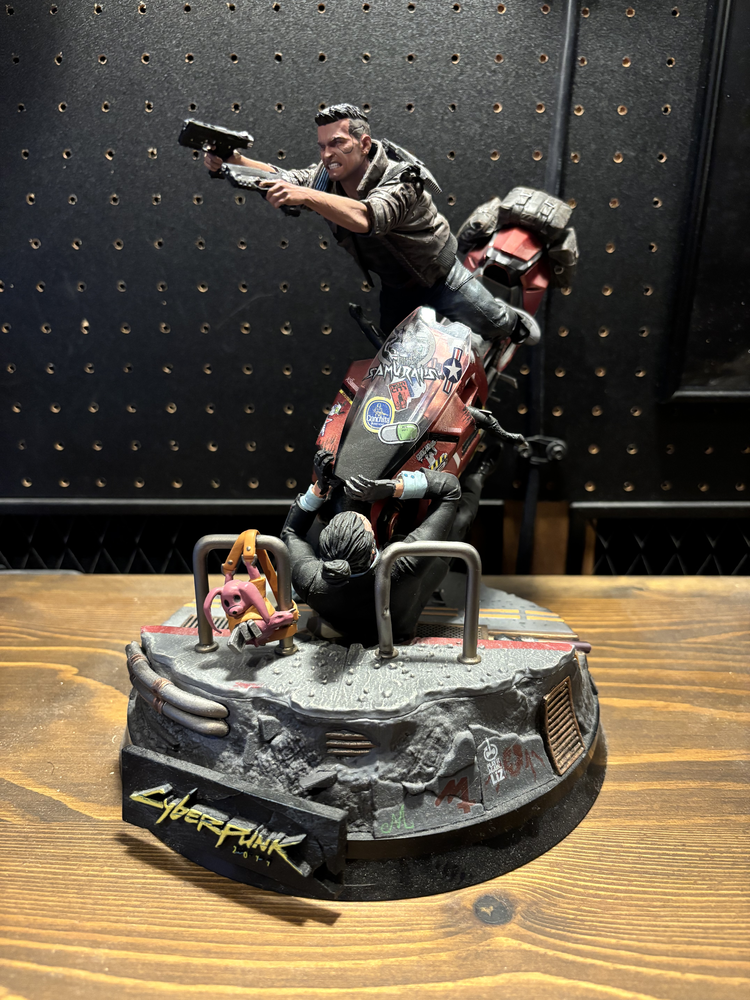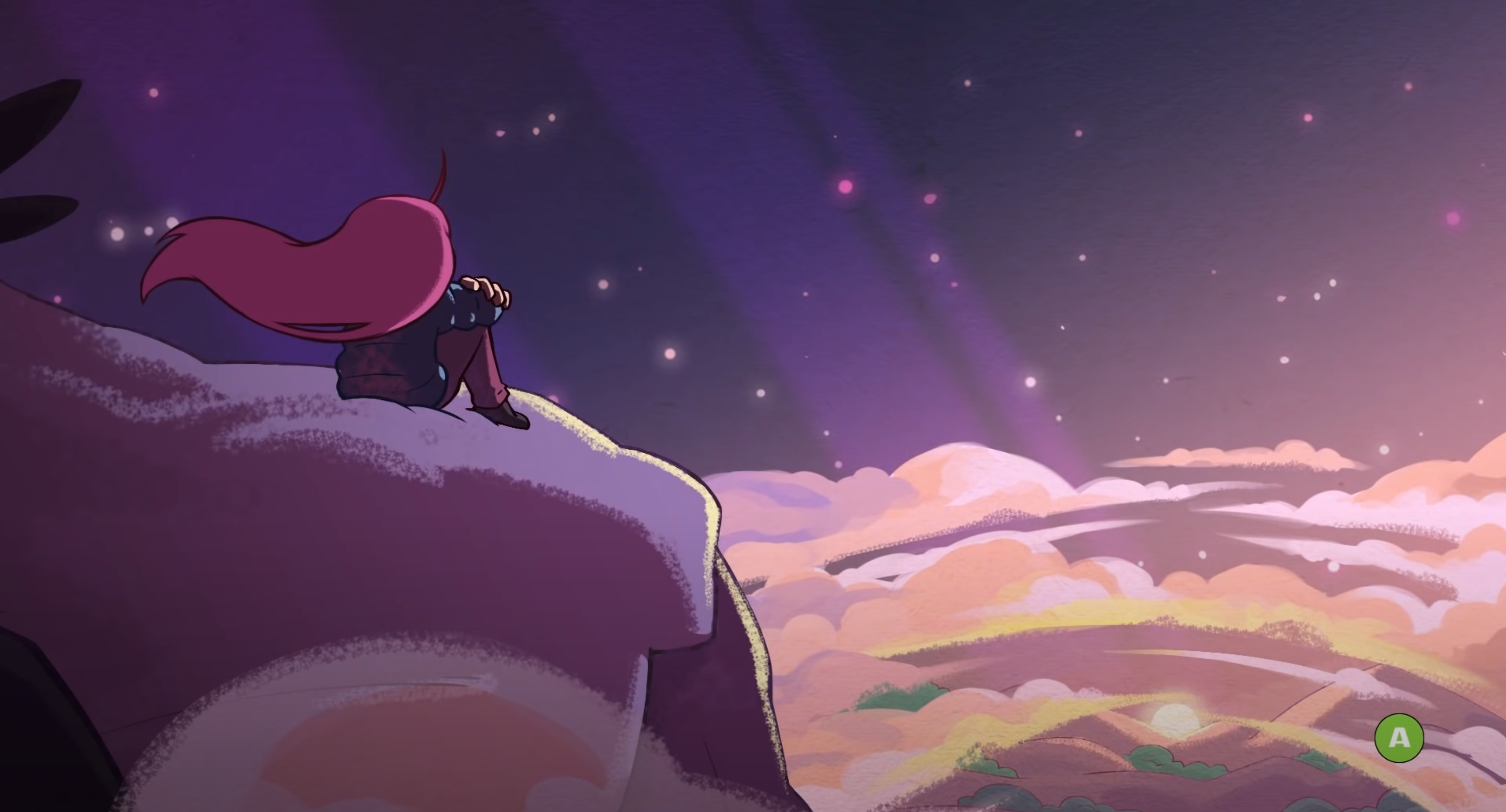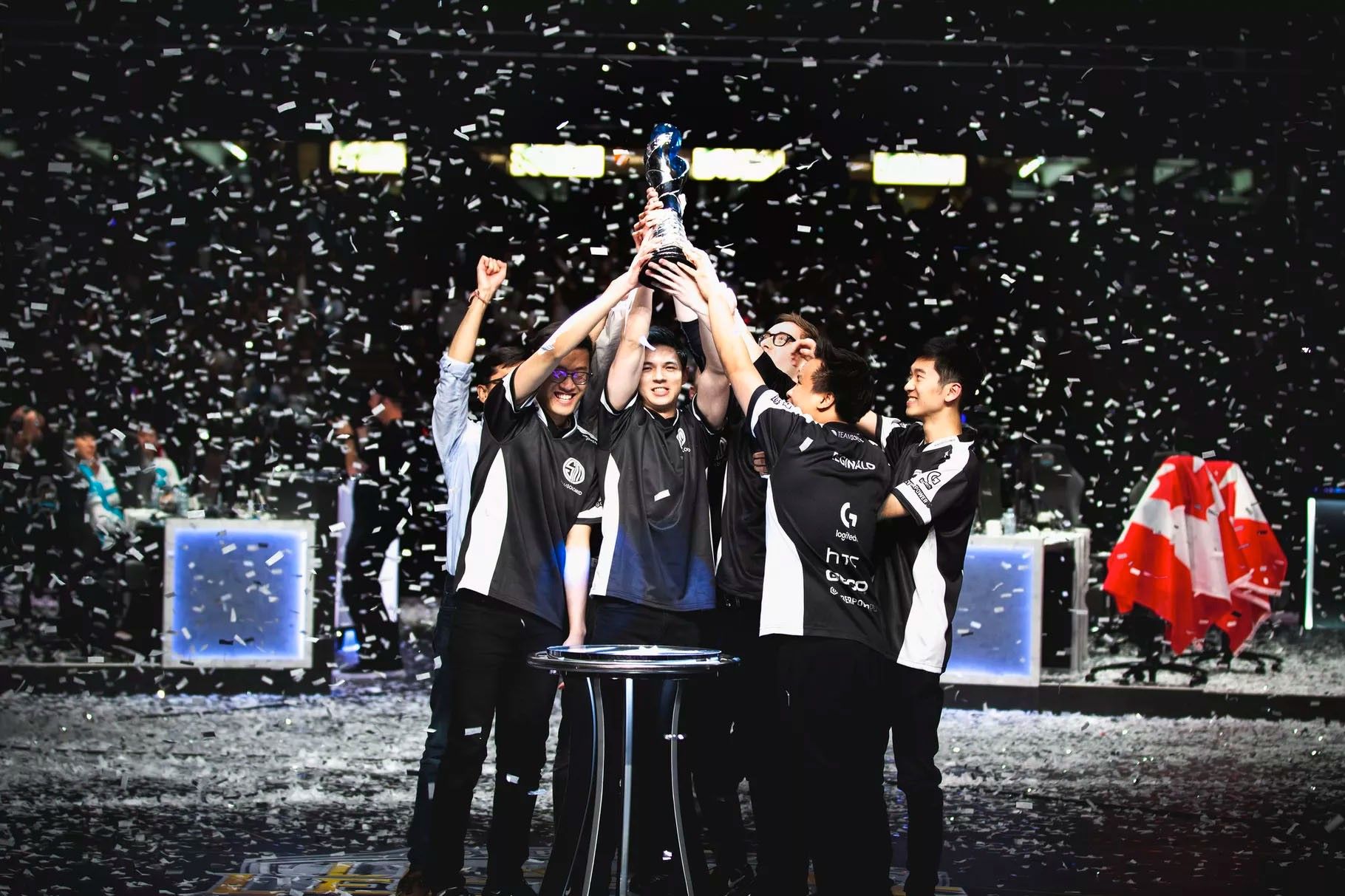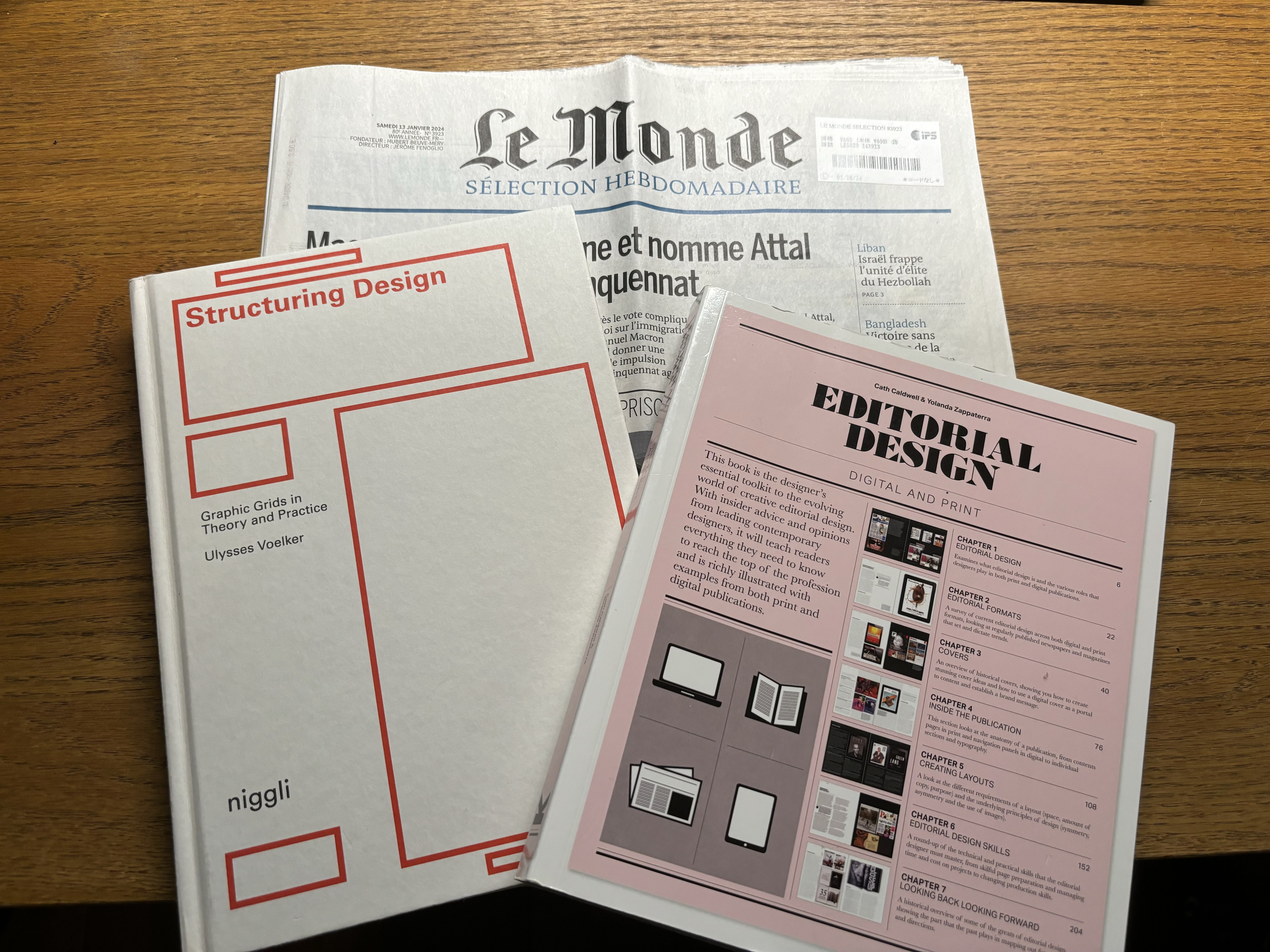Blog
review
Do Lumière Citizen Dream of Painted Sheep?
Clair Obscur: Expedition 33 has the best narrative and soundtrack of the year. Months after seeing both endings, I still often recall those beautiful moments, and I can't stop wondering.
November 16, 2025
retrospective
Site Patch Notes: 2025 Rewrite
The site has a new face as well as a new body, as it now has a long overdue frontpage and a code base rewritten from scratch.
October 4, 2025

review
The Smooth Journey Outshines the Highlights
I did not anticipate to play Metaphor: ReFantazio, yet despite each of its components overshadowed by other games, it may be my favorite game of the year.
September 22, 2025
essay
Memorial of the First Step
I made a tribute long overdue to my first game development project.
September 19, 2025
review
Bitter Masterpiece
I appreciate GOTY winner Elden Ring's great design and polished gameplay, but I still have a mixed feeling after.
August 20, 2025
development
Project Fiddlesticks Devlog #1
In Project Fiddlestcks, my latest indie game project, I implemented a vision algorithm, trying to capture the classic Rogue experience.
July 13, 2025

essay
Observation on Programming with AI
I reckoned getting familiar with AI coding tools is necessary, tried some, and to my surprise, I turned out to be quite optimistic.
March 13, 2025
essay
Blogging and Digital Gardening in the Social Platform and Generative AI Era
I talk to myself about why bother writing at somewhere nobody comes.
February 11, 2025
review
A Redemption Three Years Later
CD PROJEKT RED made a promise about Night City, which they broke. Three years later they had another attempt, and to me, it was their redemption.
January 13, 2025

retrospective
S14 Recap
I did not play a lot of league during 2024, but I had a few unforgettable moments nonetheless.
January 7, 2025

note
Thoughts on Building a Game with XState
After hearing about XState's good reputation for years, I used it to build the prototype for my game. These are my thoughts.
January 4, 2025
featured essay
A Peek of the World
I went to Copenhagen and London for my honeymoon, the first trip to Europe in my life. Some memories keep staying on my mind and I have many thoughts about them.
June 16, 2024

note
Godot Essentials
The biggest lessons I learned in my first Godot project.
April 21, 2024
retrospective
4 Years Reflection
Another two years of life as a full-time developer has passed. Many things changed and many lessons learned. It's a perfect timing to look back and reflect.
April 8, 2024
review
Improving Greatness
Tears of the Kingdom is built on the foundation of one of the most impactful game in last decade. Yet Nintendo did not settle, but managed to present a more polished world.
March 17, 2024
retrospective
S13 Recap
After a three years gap, I'm back to league.
January 23, 2024
research
Next.js App Font Not Loaded on Remote Machine Issue
Debugging note of a source loading issue that never reproduces on the dev machine.
June 5, 2023

retrospective
First Game Jam Postmortem
I attended a game jam for the first time in my life. It was the best decision I made as an indie game developer in many years.
May 23, 2023
review
God of War Ragnarök
As a successor of a game with solid gameplay and extraordinary narrative, God of War Ragnarök made attempts to be something better on many aspects. Some of them were great, some others were not.
November 19, 2022
review
Dark Souls
Though once a cult classic, the soul-like has become a mainstream genre. I beat its early entry to see its secrets and the reputation of unmerciful difficulty.
July 19, 2022
retrospective
2 Years Reflection
Two years has passed since I started working as a front-end developer, the profession I dreamed and chased for.
April 7, 2022
review
Ghost of Tsushima
The island of Tsushima in Kamakura period created by Sucker Punch was authentic and full of surprises, and they made sure the immersion works well.
January 7, 2022
review
God of War (2018)
Like the developers, Kratos entered a new stage of his life, and the lessons he learned are beautifully written and shown in a masterpiece of narrative.
January 6, 2022
review
Hades
I gave the acclaimed hack and slash roguelike a try, and it became one of the best game I've ever played.
January 5, 2022
retrospective
森保まどか
我見證了一段圓滿偶像生涯的結束,也有幸經驗了我所知最圓滿的偶像宅的退隱。
June 8, 2021
retrospective
Refactor Blog: (3) Headless CMS
In the final step of the annual blog refactoring, I introduced the usage of headless CMS.
March 28, 2021
retrospective
Refactor Blog: (2) SSR
After the Webpack setup for this site, I also implemented server-side-rendering from scratch.
March 26, 2021
essay
Immortal
"Immortal" 有數種含義,我藉由一則 league 的軼聞對其中一種含義得到更多理解。
March 12, 2021

retrospective
Refactor Blog: (1) Webpack
In this year's annual blog refactoring, I withdrew from using boilerplate build tools and configured Webpack myself.
March 9, 2021
research
Full-Screen Scroll
Research notes of implementing full-screen scroll animation.
February 11, 2021
retrospective
S10 Recap
Season 10 was the most eventful league season for me, as I witnessed the rise and fall of a successful team as part of it.
January 8, 2021
note
Unity Dev Memo (2)
關於 Unity3D 內 raycast 的研究筆記。
October 4, 2020
review
Celeste
「如何面對失敗」是人生重要的課題之一,而 Celeste 以極為優秀的敘事結合遊戲玩法做出了漂亮的回答。
May 31, 2020

essay
A Taste of Competitive Gaming
Thanks to Clash, I got to have a taste of playing organized League of Legends, and it felt amazing.
May 13, 2020
note
Use npm Package Commands in Fish Shell
April 20, 2020
review
Frostpunk
Frostpunk 是另一個以道德窘境逼迫玩家做出選擇為主體的作品,但當情況不再危急,道德也就不受挑戰了。
April 14, 2020
review
Red Dead Redemption 2
RDR2 細火慢燉地讓玩家見證兩名牛仔的人生起伏,鮮有激情,更多無奈與身不由己。
April 1, 2020
note
Unity Dev Memo (1)
關於 Unity3D 物體移動,腳本執行順序以及 Hitbox 的筆記。
March 8, 2020
retrospective
S9 Recap
第一次現場觀看 MSI 以及 LCS,又換路換到 AD,第九季確實是立下許多里程碑的一個賽季。
February 18, 2020
note
Deploying React.js App on GAE
September 19, 2019
essay
City of Stars
去了一趟夢想之都,不為了追夢,但仍然得到許多反思。
September 12, 2019
note
Things I Learned After Building 5 React.js Apps
August 8, 2019
note
Download Progress Tool in Terminal Using Node.JS
June 7, 2019
note
A Rather Easy Way to Implement Quicksort in JavaScript
My attempt to implement quicksort.
May 23, 2019
review
Devotion
還願說了一個好故事,並藉由優秀的遊戲製作來凸顯其優勢。
March 4, 2019
review
Zelda: Breath of the Wild
荒野之息是史上最優秀的開放世界遊戲,但荒野並不是我最喜愛的遊戲元素之一。
December 16, 2018
review
淺談劇場
對 HKT48 至今四個劇場的感想。
September 30, 2018
essay
所以,FEDC
我逼著自己參加了遠超我當時程度的前端技術研討會,結果得到了遠超講題內容的收穫。
July 17, 2018
retrospective
Dev Diary: Aura
我嘗試了自己設計並實裝靈氣系統。它也許不顯眼,但絕不簡單。
May 28, 2018
essay
Day of Destiny
在歷經五年十個月以及一百一十四場公演之後,我迎來了偶像宅生涯的巔峰。
September 17, 2017

essay
The Stone
Taliyah 是我近來最喜愛的角色之一,而一切冥冥之中早已注定。
May 1, 2017
essay
Spring Finals
TSM第五度奪下NA LCS冠軍,我對他們抱持著高度期待。
April 24, 2017

essay
Farewell, Battle.Net
當我重新審視自己與剛畫下休止符的 Battle.Net 走過的足跡,才發現自己見證並參與了歷史。
March 27, 2017
essay
卒業
人生中充滿悲歡離合,而我不禁讚嘆日文如何描述離別,以及其中的美麗。
January 17, 2017


